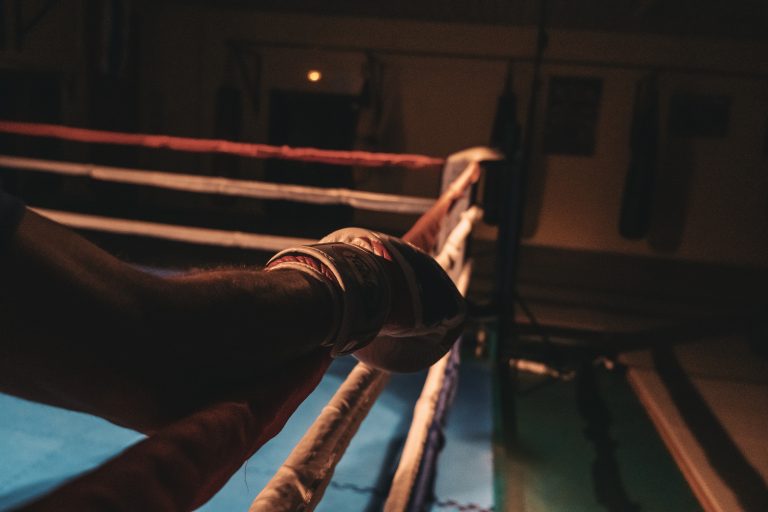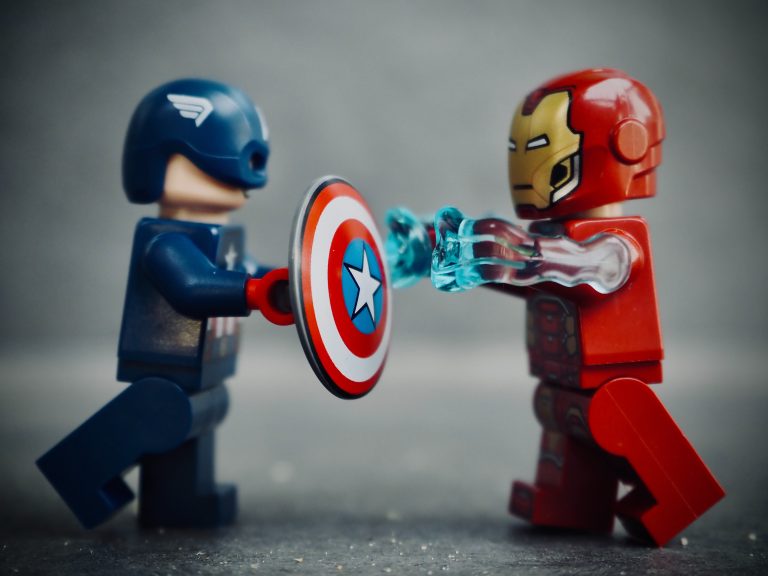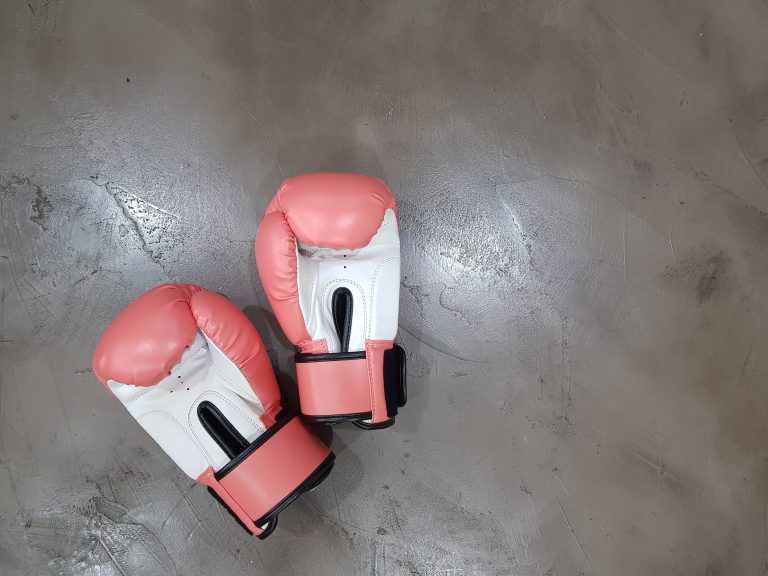Is a Karate Chop Effective?
Karate chop, the signature move of karate practitioners, is also known as a knife-hand strike or shuto. The technique involves hitting a target opponent with the edge of the hand, usually on the side of the neck or the temple. But the question arises, is this move effective in real-life combat situations? Let’s dive into the topic and find out.
The Effectiveness of Karate Chop
Many martial arts experts and self-defense instructors swear by the effectiveness of a karate chop. According to them, a chop delivered at the right spot and with enough force can render an attacker unconscious, cause temporary paralysis or even death. They cite several examples of the move’s effectiveness in real-life situations.
However, there is a lack of scientific evidence to support these claims. Studies on the vulnerability of the human neck have shown that it takes a force of at least 500 pounds to rupture the carotid artery or the jugular vein, the two major blood vessels in the neck. The average karate chop delivers a force of only 200 to 300 pounds, which means it is unlikely to cause severe damage to the neck or the head.
The Limitations of Karate Chop
Apart from its limited force, there are several other limitations of a karate chop that make it less effective in real-life combat situations.
Precision and Timing
To deliver an effective chop, one needs to hit a precise spot with the right timing. That means the opponent should be stationary and should not be aware of the incoming strike. In a real-life situation, however, the attacker is likely to be moving and anticipating the victim’s response. So, it is difficult to deliver a chop with the right amount of force and accuracy.
Training and Experience
Delivering an effective chop requires extensive training and experience. It requires not only strength and power but also proper technique, timing, and precision. It is not something that can be learned quickly or easily. Moreover, it is difficult to simulate real-life situations in training, so one may not know how the technique will work in a real fight.
The Risk of Injury
While delivering a chop may cause damage to the opponent, it can also put the person delivering the chop at risk of injury. Using the edge of the hand can cause pain, swelling, and bruising to the hand and wrist. It can also cause fractures, dislocations, or sprains in some cases.
The Alternatives to Karate Chop
Considering the limitations of a karate chop, it is essential to know some alternative techniques that can be used in real-life combat situations. Some of these techniques include:
Palm Strike
A palm strike is similar to a karate chop but uses the palm instead of the edge of the hand. It can be delivered with more force and accuracy as the palm provides a larger striking surface. It also reduces the risk of injury to the hand and wrist.
Elbow Strike
An elbow strike is a close-ranged technique that can deliver a lot of force in a short period. It can be used to strike the opponent’s head, neck or rib cage. It requires less precision and timing than a chop and can be used in closer proximity to the attacker.
Knee Strike
A knee strike is a powerful technique that can deliver a lot of force to the opponent’s abdomen, groin or thigh. It requires less training and precision than a chop or a strike and can be used in close combat situations.
Is a Karate Chop Effective? FAQs Answered
If you’re a fan of martial arts, you’ve probably seen movies where the hero takes down their opponent with one swift karate chop. It looks impressive, but as a practical self-defense move, is a karate chop effective? In this post, we’ll answer some of the most frequently asked questions about the effectiveness of a karate chop.
What is a Karate Chop?
A karate chop, also known as a knife-hand strike, is a technique used in martial arts that involves using the edge of your hand to strike an opponent. The karate chop can be aimed at various pressure points on the opponent’s body, with the intention of causing pain or incapacitating the opponent.
Can a Karate Chop Break Boards?
Yes, a karate chop can break boards. However, it’s important to note that breaking boards in a controlled environment such as a martial arts training session is very different from using a karate chop in a real-life self-defense situation. Breaking boards requires a specific technique and a great deal of practice and strength. In contrast, self-defense situations are unpredictable and can be incredibly chaotic.
Can a Karate Chop Knock Someone Out?
It’s possible, but not very likely. A karate chop to the head can cause a concussion, which can result in loss of consciousness. However, for a karate chop to be effective in knocking someone out, it would need to be delivered with a significant amount of force and precision, which requires training and practice. Additionally, if the opponent is wearing protective gear or is under the influence of drugs or alcohol, a karate chop may not be effective.
Is a Karate Chop Legal in a Self-Defense Situation?
In some situations, a karate chop may be considered excessive force and could result in legal consequences. The use of force in self-defense situations is typically judged based on whether it is proportional to the threat faced by the defender. If a defender uses a karate chop in response to a minor threat, they may be charged with assault. On the other hand, if the defender uses a karate chop in response to a serious physical threat, it may be considered reasonable force.
What Are Some Alternatives to a Karate Chop?
While a karate chop may be a useful technique in certain situations, there are other self-defense techniques that may be more effective. Some examples include:
– Punching: A punch can be more powerful than a karate chop, particularly if it’s delivered with proper technique and force.
– Kicking: A well-placed kick can be a devastating self-defense technique.
– Grappling: Techniques such as wrestling or Brazilian Jiu-Jitsu can be particularly useful for self-defense situations where the attacker is attempting to take the defender to the ground.
– Weapons: While we don’t recommend carrying a weapon unless it’s legal and you have proper training, pepper spray or a stun gun can be effective self-defense tools.
Is a Karate Chop Effective? A Comprehensive Guide on the Technique
Karate chop or knifehand strike is a well-known technique that most martial arts students learn during their training. This technique has been used in movies and TV shows for decades to show the power and effectiveness of martial arts. However, the question arises, is a karate chop effective in real-life scenarios? In this guide, we will explore the effectiveness of the karate chop technique and provide you with step-by-step instructions on how to perform it correctly.
Understanding the Karate Chop Technique
The karate chop, also known as shuto uchi or knifehand strike, is a striking technique used in karate and other martial arts. It involves using the side of the hand (knife-edge) to deliver a powerful blow to the target. The karate chop can be used to strike various parts of the body such as the neck, head, back, or the sensitive areas such as the throat, chest, or groin.
The technique is performed by making a fist, then extending the hand and spreading the fingers to make a knife-hand position. From this position, the arm is rotated inward, followed by a quick outward motion, striking the target with the side of the hand. The strike is delivered with speed, accuracy, and power to cause maximum damage.
Is a Karate Chop effective in Real-Life Scenarios?
The effectiveness of the karate chop technique in real-life scenarios is debatable. The answer depends on various factors such as the skill level of the practitioner, the technique’s execution, the target location, the opponent’s size or strength, and the element of surprise, among others. In some situations, the karate chop may be effective, while in others, it may not.
For example, if the target is the neck, and the strike is delivered with sufficient force and accuracy, it can result in a knockout or even death. However, if the target is the chest or the back, the technique may not be as effective since these areas have more muscle and bone, making it harder to cause damage.
Moreover, the karate chop requires a certain level of skill, training, and practice to be effective. Without proper execution and timing, it could lead to injury or self-harm. Therefore, it is essential to learn the technique from a qualified instructor and practice it regularly to increase its effectiveness in real-life scenarios.
How to Perform a Karate Chop Technique
Follow these simple steps to perform a karate chop technique correctly:
- Start in a relaxed and balanced stance
- Make a fist with your dominant hand
- Open the hand and stretch the fingers to create a knife-hand position
- Rotate the arm inward to prepare for the strike
- Deliver the strike with speed and accuracy using the side of the hand (knife-edge)
- Retreat quickly and return to the stance
Conclusion
In conclusion, the karate chop is a technique that can be effective in real-life scenarios if executed correctly, practiced regularly, and used in the right location and circumstance. However, it is not a foolproof technique and has its limitations. Therefore, it is crucial to consider other self-defense strategies and techniques and not rely solely on the karate chop. Finally, training with a qualified instructor, consistent practice, and proper execution are the key factors that determine the effectiveness of the karate chop technique.
Inhaltsverzeichnis






